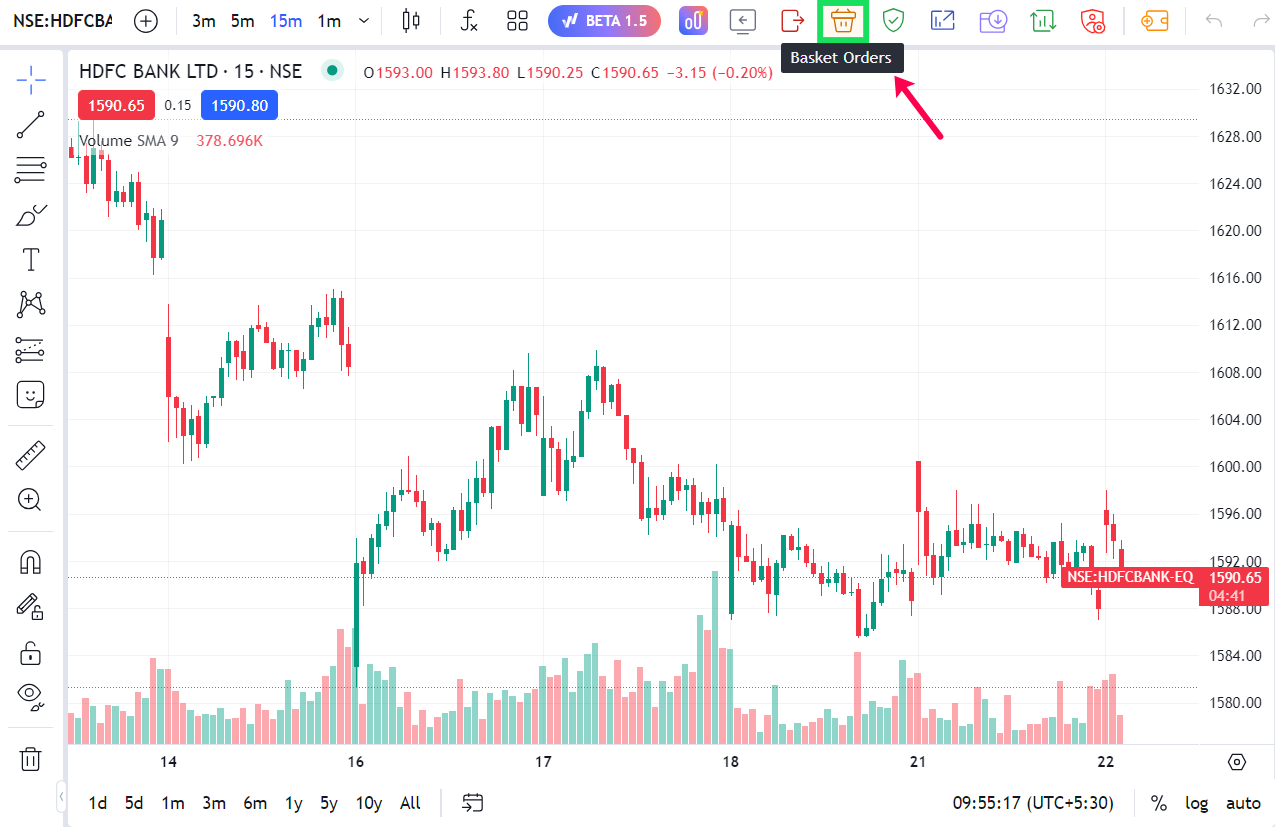Many investors are familiar with mutual funds, but only few understand how it works. This is due to lack of understanding, as most people are not financial experts or are not well aware of this topic. However, some investors might make more informed decisions if they knew how mutual fund companies generate revenue.
The Indian Mutual Fund industry, governed by SEBI regulations, plays a pivotal role in providing diverse investment avenues for individuals. Defined as trusts formed by sponsors to raise capital from the public, mutual funds offer a mechanism for pooling resources that are then professionally managed to generate consistent returns and capital appreciation. In this comprehensive analysis, we aim to delve deeper into the characteristics of public and private mutual funds, presenting a more thorough examination with historical performance data, specific case studies, and expert opinions.
Mutual Funds:
At the core, a mutual fund is a financial vehicle that pools assets from shareholders to invest in a diversified portfolio of securities, including stocks, bonds, money market instruments, and other assets. Operated by professional money managers, mutual funds aim to align their portfolios with the investment objectives stated in their prospectus. This structure allows individual investors, regardless of their financial knowledge, to access professionally managed portfolios.

Public Mutual Funds:
Risk Levels: Public mutual funds, open to the general public, prioritize steady and relatively stable long-term returns, making them suitable for a broad range of investors with varying risk tolerances. A detailed historical performance analysis of various public funds, accompanied by expert opinions on their risk management strategies, would provide readers with a more nuanced understanding.
Regulation and Transparency: Regulatory oversight ensures transparency and investor protection in public mutual funds. Citing specific instances of regulatory actions and the resulting impact on fund performance would add depth to the analysis, highlighting the practical implications of regulatory measures.
Liquidity: Public mutual funds' liquidity is a key feature. Including case studies illustrating how liquidity has been managed during periods of market volatility can provide valuable insights into the practical aspects of investor accessibility.
Private Mutual Funds:
Risk and Reward: Private mutual funds, restricted to accredited or institutional investors, offer a diverse range of risk-taking strategies. A thorough exploration of specific case studies showcasing successful risk management and strategies employed by private funds will enhance the analysis.
Access and Eligibility: The exclusivity of private mutual funds impacts accessibility. Expert opinions on the benefits and drawbacks of catering to a sophisticated clientele could shed light on the trade-offs associated with exclusivity.
Regulatory Environment: Private mutual funds face less regulatory scrutiny. Discussing specific instances where this flexibility has been advantageous or detrimental to fund performance can provide valuable insights into the regulatory dynamics.
Comparative Analysis:
The correlation of mutual funds with Net Asset Values (NAVs) is high, indicating a strong connection between the performance of the funds and their underlying assets. However, when it comes to historical returns, mutual funds have demonstrated the potential for higher returns compared to direct investments in the capital market. A detailed comparison of specific historical performance data from public and private mutual funds, accompanied by expert opinions on the factors influencing these trends, would strengthen the comparative analysis.

Factors Influencing Investor Perception:
Understanding the factors that shape investor perception is crucial for both public and private mutual funds. These factors include liquidity, security, flexibility, management fees, service quality, transparency, returns, and tax benefits. Investors consider these elements when making investment decisions, aligning their choices with their financial goals, risk tolerance, and overall investment strategy.
Liquidity: Both public and private mutual funds offer liquidity, allowing investors to buy or sell shares based on their needs. The ability to access funds quickly adds to the attractiveness of mutual funds as an investment option.
Security: Security is a fundamental concern for investors. Public mutual funds, with their regulatory oversight and transparency, provide a sense of security to investors. On the other hand, private mutual funds may offer security through tailored strategies designed for accredited investors.
Flexibility: Private mutual funds, catering to a more sophisticated clientele, may offer greater flexibility in investment strategies. This flexibility can be attractive to investors seeking more customized approaches to wealth management.
Management Fee: The cost of management is a critical factor in investor decision-making. Public mutual funds, subject to regulatory oversight, often have transparent fee structures. Private mutual funds, while potentially having higher fees, may justify them through more specialized and tailored investment strategies.
Service Quality: Service quality is a crucial aspect of investor satisfaction. Both public and private mutual funds must prioritize service quality to maintain investor trust and confidence.
Transparency: Transparency in operations and disclosures is vital for building investor confidence. Public mutual funds, with regulatory oversight, are required to disclose relevant information regularly. Private mutual funds also need to maintain a high level of transparency to attract and retain sophisticated investors.
Returns: Historical performance and expected returns are significant considerations for investors. A comparative analysis of returns from public and private mutual funds can assist investors in making informed decisions aligned with their financial goals.
Tax Benefits: Tax considerations play a pivotal role in investment decisions. Both public and private mutual funds may offer tax benefits, and investors need to weigh these advantages when choosing between the two.
Conclusion:
In conclusion, mutual funds stand out as a superior investment option, providing a balanced approach to risk and return. Investors benefit from the professional management, risk diversification, and potential for higher returns that mutual funds offer. The choice between public and private mutual funds depends on individual investor preferences, risk tolerance, and financial goals. Public funds prioritize accessibility and transparency for a broader investor base, while private funds cater to more exclusive customers with tailored strategies.
Factors influencing investor perception, such as liquidity, security, flexibility, fees, service quality, transparency, returns, and tax benefits, should be carefully considered when making investment decisions. As the mutual fund industry continues to evolve, investors can leverage the diverse options available to achieve their financial objectives.



